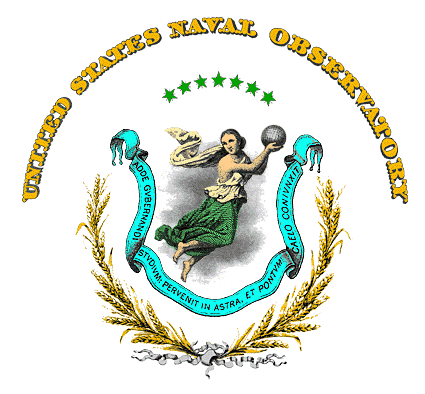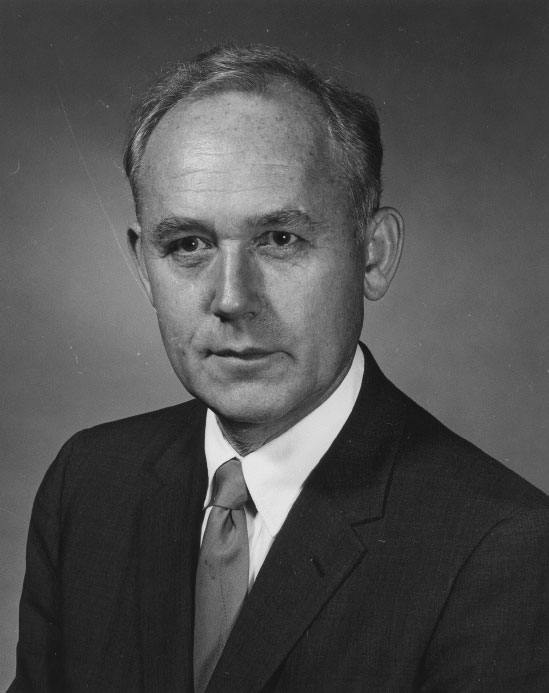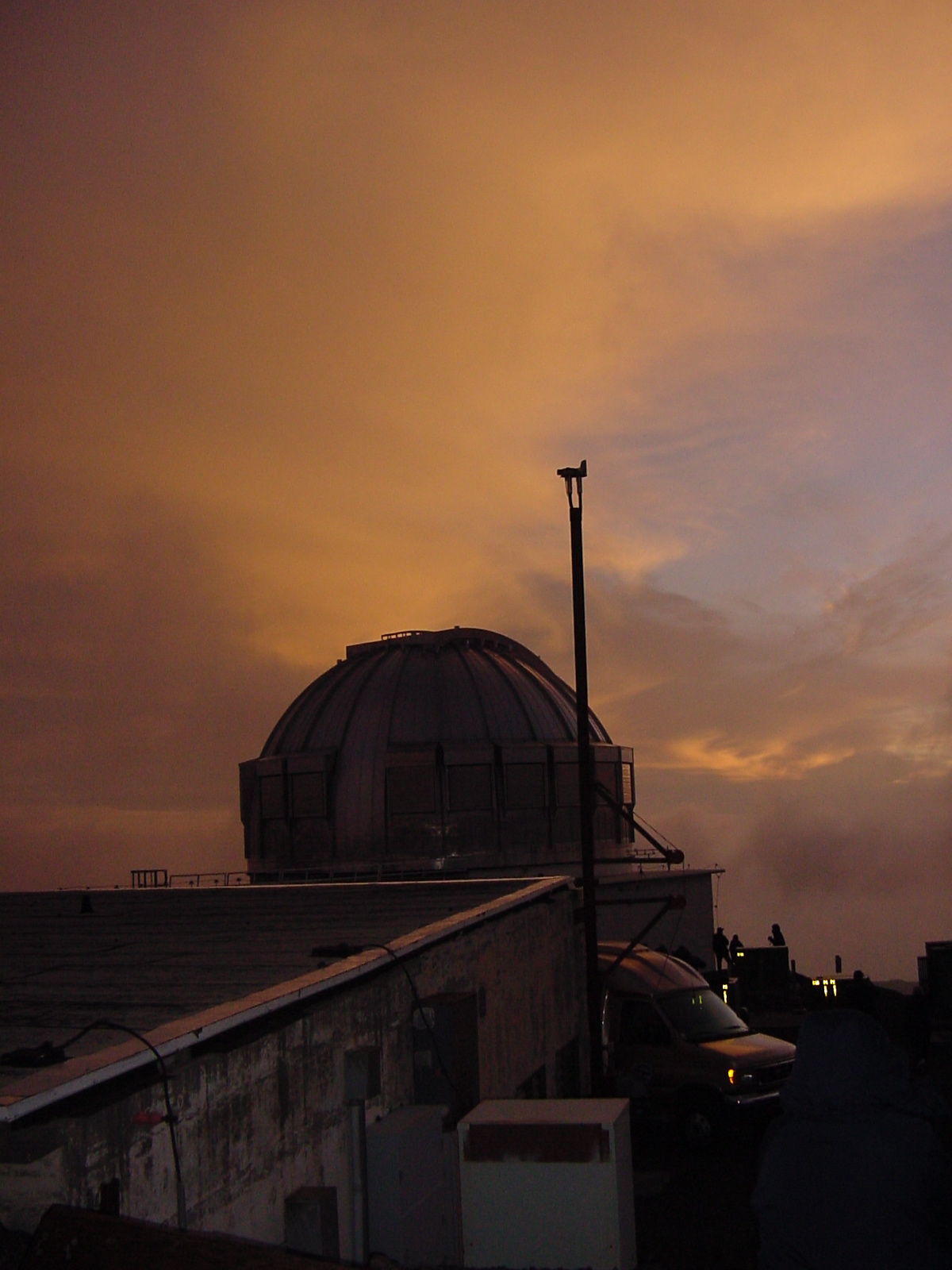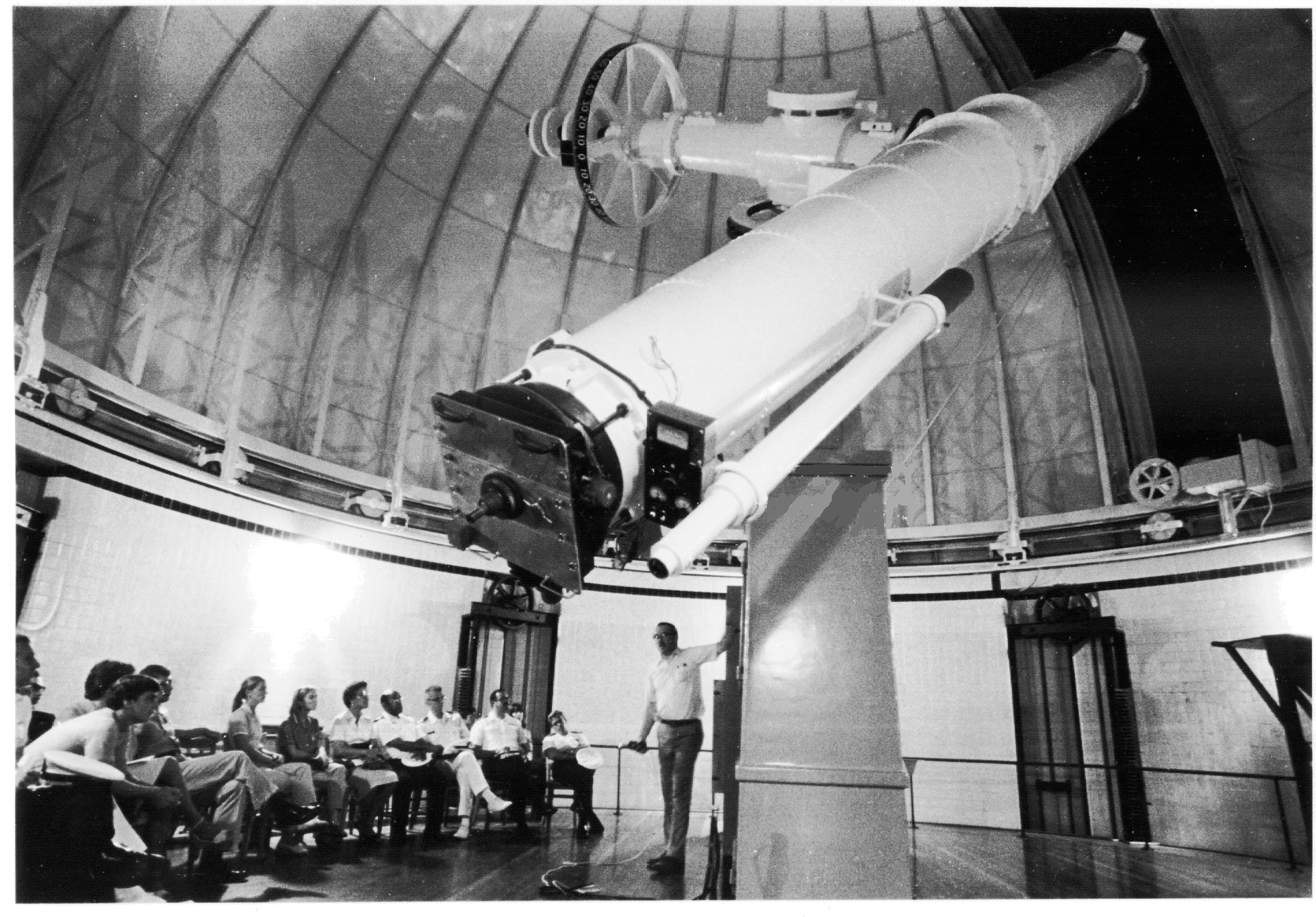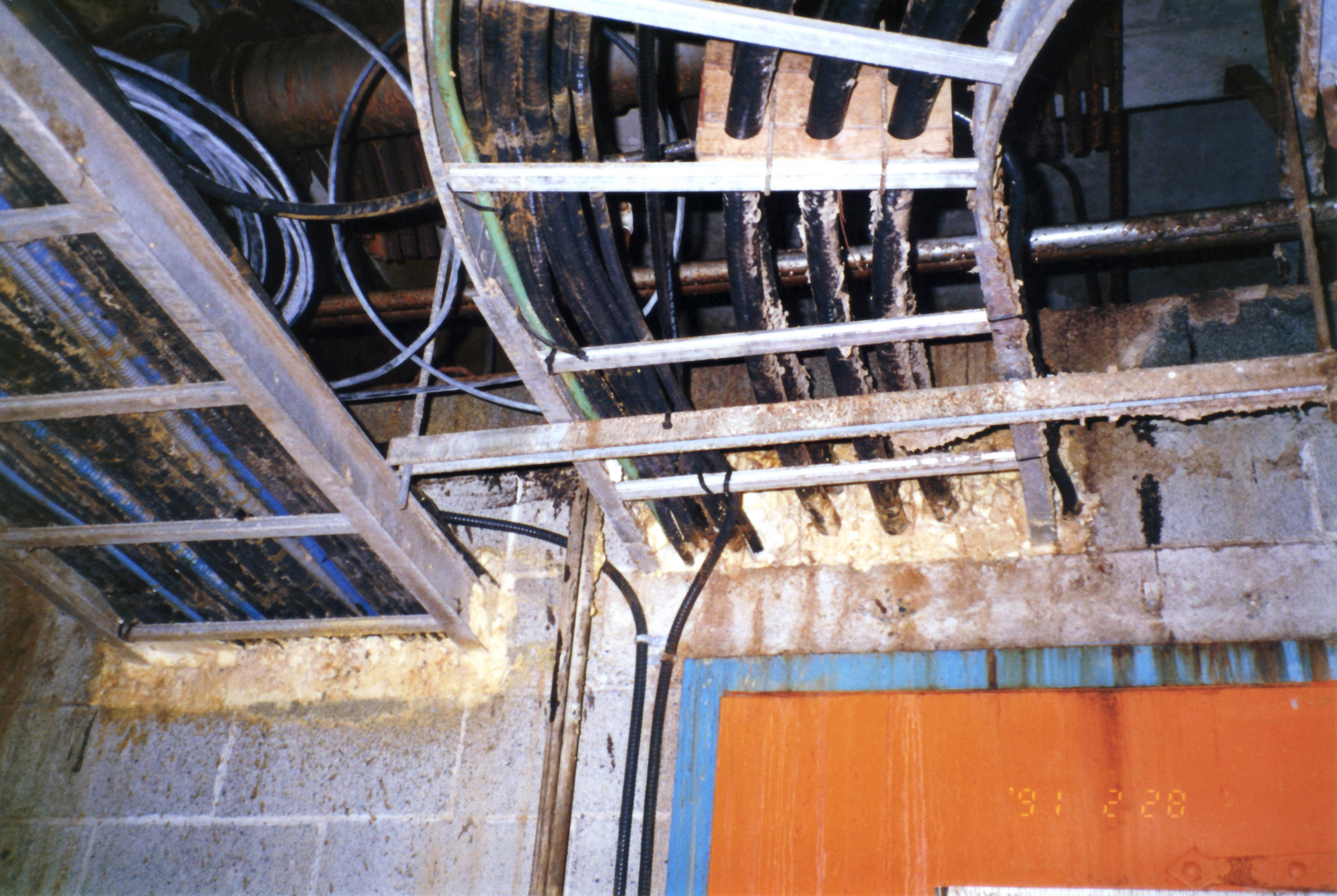|
United States Naval Observatory Flagstaff Station
The United States Naval Observatory Flagstaff Station (NOFS), is an astronomical observatory near Flagstaff, Arizona, US. It is the national dark-sky observing facility under the United States Naval Observatory (USNO). NOFS and USNO combine as the Celestial Reference Frame manager for the U.S. Secretary of Defense. General information The Flagstaff Station is a command which was established by USNO (due to a century of eventually untenable light encroachment in Washington, D.C.) at a site west of Flagstaff, Arizona in 1955, and has positions for primarily operational scientists (astronomers and astrophysicists), optical and mechanical engineers, and support staff. NOFS science supports every aspect of positional astronomy to some level, providing national support and beyond. Work at NOFS covers the gamut of astrometry and astrophysics in order to facilitate its production of accurate/precise astronomical catalogs. Also, owing to the celestial dynamics (and relativistic ... [...More Info...] [...Related Items...] OR: [Wikipedia] [Google] [Baidu] |
Astrogeology Research Program
The Astrogeology Science Center is the entity within the United States Geological Survey concerned with the study of planetary geology and planetary cartography. It is housed in the Shoemaker Building in Flagstaff, Arizona. The Center was established in 1963 by Eugene Merle Shoemaker to provide lunar geologic mapping and to assist in training astronauts destined for the Moon as part of the Apollo program. Since its inception, the Astrogeology Science Center has participated in processing and analyzing data from various missions to the planetary bodies in the Solar System, assisting in finding potential landing sites for exploration vehicles, mapping our neighboring planets and their moons, and conducting research to better understand the origins, evolutions, and geologic processes operating on these bodies. The Early Days Gene Shoemaker founded the Astrogeology Research Program August 25, 1960. The research program started out as the ''Astrogeologic Studies Group'' at the U ... [...More Info...] [...Related Items...] OR: [Wikipedia] [Google] [Baidu] |
United States Naval Observatory
United States Naval Observatory (USNO) is a scientific and military facility that produces geopositioning, navigation and timekeeping data for the United States Navy and the United States Department of Defense. Established in 1830 as the Depot of Charts and Instruments, it is one of the oldest scientific agencies in the United States, and remains the country's leading authority for astronomical and timing data for all purposes. The observatory is located in Northwest Washington, D.C. at the northwestern end of Embassy Row. It is among the few pre-20th century astronomical observatories located in an urban area; initially located in Foggy Bottom near the city's center, it was relocated to its current location in 1893 to escape light pollution. The USNO has conducted significant scientific studies throughout its history, including measuring the speed of light, observing solar eclipses, and discovering the moons of Mars. Its achievements including providing data for the first ra ... [...More Info...] [...Related Items...] OR: [Wikipedia] [Google] [Baidu] |
Kaj Strand
Kaj Aage Gunnar Strand (27 February 1907 – 31 October 2000) was a Danish astronomer who worked in Denmark and the United States. He was Scientific Director of the U.S. Naval Observatory from 1963 to 1977. He specialized in astrometry, especially work on double stars and stellar distances. Life Kaj Strand was born February 27, 1907 in Hellerup, Denmark, on the outskirts of Copenhagen. He entered the University of Copenhagen in 1926, majored in astronomy, and graduated in 1931 with Magister (Master's) and Candidate Magister degrees. At the invitation of Ejnar Hertzsprung, during the 1930s he worked at Leiden on a program of photographing double stars; he applied these results toward his doctorate from Copenhagen in 1938. From 1938-42 Strand worked under Peter van de Kamp as a research associate at Swarthmore College, and began the photographic double star program with the refractor telescope at the college's Sproul Observatory. During World War II he entered the U.S. Army, ... [...More Info...] [...Related Items...] OR: [Wikipedia] [Google] [Baidu] |
Naval Air Facility El Centro
Naval Air Facility El Centro or NAF El Centro is a United States Navy Naval Air Facility located approximately six miles (10 km) northwest of El Centro, in Imperial County, California. NAF El Centro is under the jurisdiction of Navy Region Southwest and serves both as temporary homeport to military units conducting air-to-air and bombing training, and as the winter training home of the Blue Angels aerobatics display team. Founded in 1946 as Naval Air Station El Centro, the facility had previously been the site of a World War II era Marine Corps Air Station. In 1979, the facility was given its current designation as a Naval Air Facility. History In 1941 the Civil Aeronautics Administration offered to replace the small airport in Imperial, California with a larger complex consisting of two 4,500ft runways. After the outbreak of World War II, the U.S. Navy leased the new airport and an adjacent 749 acres for additional construction. During this time the runways were extend ... [...More Info...] [...Related Items...] OR: [Wikipedia] [Google] [Baidu] |
Navy Region Southwest
Navy Region Southwest is one of eleven current naval regions responsible to Commander, Navy Installations Command for the operation and management of Naval shore installations in California, Nevada, Utah, Arizona, Colorado, New Mexico. It is headquartered across from the Broadway Pier in Downtown San Diego. The command also serves as the regional coordinator for the Commander, U.S. Pacific Fleet, headquartered in Hawaii, coordinating support for bases in Southern California and Nevada. The Commander also serves as regional environmental coordinator for California, Arizona and Nevada and coordinates and oversees environmental compliance actions with local, state and federal regulatory agencies. Additionally, COMNAVREGSW is responsible for planning and coordinating Department of the Navy response to civil emergencies within the states of Nevada, Utah, Colorado, Arizona and California. History Navy Region Southwest comprises the former areas of the Eleventh ... [...More Info...] [...Related Items...] OR: [Wikipedia] [Google] [Baidu] |
United Kingdom Infrared Telescope
The United Kingdom Infra-Red Telescope (UKIRT) is a 3.8 metre (150 inch) infrared reflecting telescope, the second largest dedicated infrared (1 to 30 micrometres) telescope in the world. It is located on Mauna Kea, Hawai'i as part of Mauna Kea Observatory. Until 2014 it was operated by the Joint Astronomy Centre in Hilo. It was owned by the United Kingdom Science and Technology Facilities Council. UKIRT is currently being funded by NASA and operated under scientific cooperation between Lockheed Martin Advanced Technology Center, the University of Hawaii, and the U. S. Naval Observatory. The telescope is set to be decommissioned after completion of the Thirty Meter Telescope as part of the Mauna Kea Comprehensive Management Plan. Design Like related telescopes on Tenerife, it is a Cassegrain device with a thin primary mirror, around 2/3 thinner than in other contemporary devices and weighing only 6.5 tonnes. When trying to view distant objects in infra-red local sources of ... [...More Info...] [...Related Items...] OR: [Wikipedia] [Google] [Baidu] |
List Of Optical Telescopes
* List of largest optical reflecting telescopes - List of large optical telescopes * List of largest optical refracting telescopes * List of space telescopes * List of solar telescopes This is a list of solar telescopes built in various countries around the world. A solar telescope is a specialized telescope that is used to observe the Sun. This list contains ground-based professional observatory telescopes at optical wavelength ... * List of telescope types * List of largest optical telescopes historically * List of largest optical telescopes in the 20th century * List of largest optical telescopes in the 19th century * List of largest optical telescopes in the 18th century See also * Lists of telescopes {{Astronomy navbox Optical telescopes ... [...More Info...] [...Related Items...] OR: [Wikipedia] [Google] [Baidu] |
Charon (moon)
Charon ( or ), known as (134340) Pluto I, is the largest of the five known natural satellites of the dwarf planet Pluto. It has a mean radius of . Charon is the sixth-largest known trans-Neptunian object after Pluto, Eris, Haumea, Makemake and Gonggong. It was discovered in 1978 at the United States Naval Observatory in Washington, D.C., using photographic plates taken at the United States Naval Observatory Flagstaff Station (NOFS). With half the diameter and one eighth the mass of Pluto, Charon is a very large moon in comparison to its parent body. Its gravitational influence is such that the barycenter of the Plutonian system lies outside Pluto, and the two bodies are tidally locked to each other. The reddish-brown cap of the north pole of Charon is composed of tholins, organic macromolecules that may be essential ingredients of life. These tholins were produced from methane, nitrogen and related gases which may have been released by cryovolcanic eruptions on the mo ... [...More Info...] [...Related Items...] OR: [Wikipedia] [Google] [Baidu] |
USNO
United States Naval Observatory (USNO) is a scientific and military facility that produces geopositioning, navigation and timekeeping data for the United States Navy and the United States Department of Defense. Established in 1830 as the Depot of Charts and Instruments, it is one of the oldest scientific agencies in the United States, and remains the country's leading authority for astronomical and timing data for all purposes. The observatory is located in Northwest Washington, D.C. at the northwestern end of Embassy Row. It is among the few pre-20th century astronomical observatories located in an urban area; initially located in Foggy Bottom near the city's center, it was relocated to its current location in 1893 to escape light pollution. The USNO has conducted significant scientific studies throughout its history, including measuring the speed of light, observing solar eclipses, and discovering the moons of Mars. Its achievements including providing data for the first ... [...More Info...] [...Related Items...] OR: [Wikipedia] [Google] [Baidu] |
Light Pollution
Light pollution is the presence of unwanted, inappropriate, or excessive use of artificial lighting. In a descriptive sense, the term ''light pollution'' refers to the effects of any poorly implemented lighting, during the day or night. Light pollution can be understood not only as a phenomenon resulting from a specific source or kind of pollution, but also as a contributor to the wider, collective impact of various sources of pollution. Although this type of pollution can exist throughout the day, its effects are magnified during the night with the contrast of darkness. It has been estimated that 83 percent of the world's people live under light-polluted skies and that 23 percent of the world's land area is affected by skyglow. The area affected by artificial illumination continues to increase. A major side-effect of urbanization, light pollution is blamed for compromising health, disrupting ecosystems, and spoiling aesthetic environments. Globally, it has increased by at least ... [...More Info...] [...Related Items...] OR: [Wikipedia] [Google] [Baidu] |
Building Code
A building code (also building control or building regulations) is a set of rules that specify the standards for constructed objects such as buildings and non-building structures. Buildings must conform to the code to obtain planning permission, usually from a local council. The main purpose of building codes is to protect public health, safety and general welfare as they relate to the construction and occupancy of buildings and structures. The building code becomes law of a particular jurisdiction when formally enacted by the appropriate governmental or private authority. Building codes are generally intended to be applied by architects, engineers, interior designers, constructors and regulators but are also used for various purposes by safety inspectors, environmental scientists, real estate developers, subcontractors, manufacturers of building products and materials, insurance companies, facility managers, tenants, and others. Codes regulate the design and cons ... [...More Info...] [...Related Items...] OR: [Wikipedia] [Google] [Baidu] |


